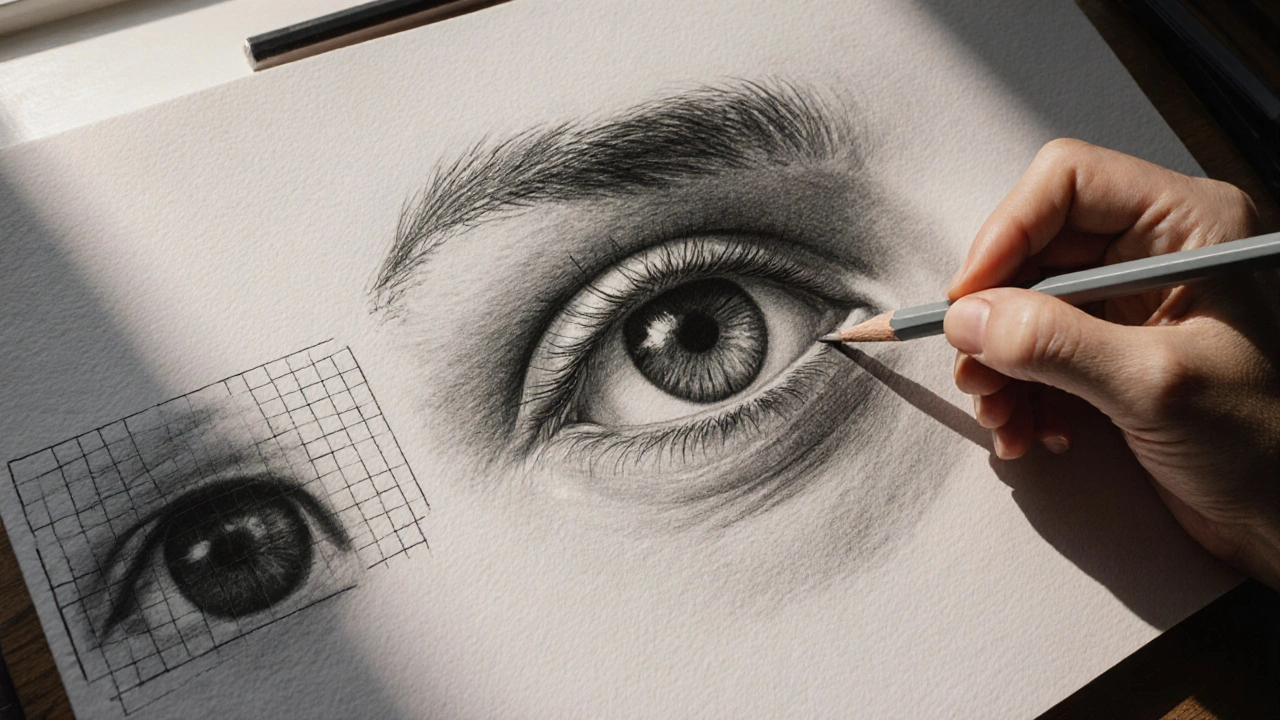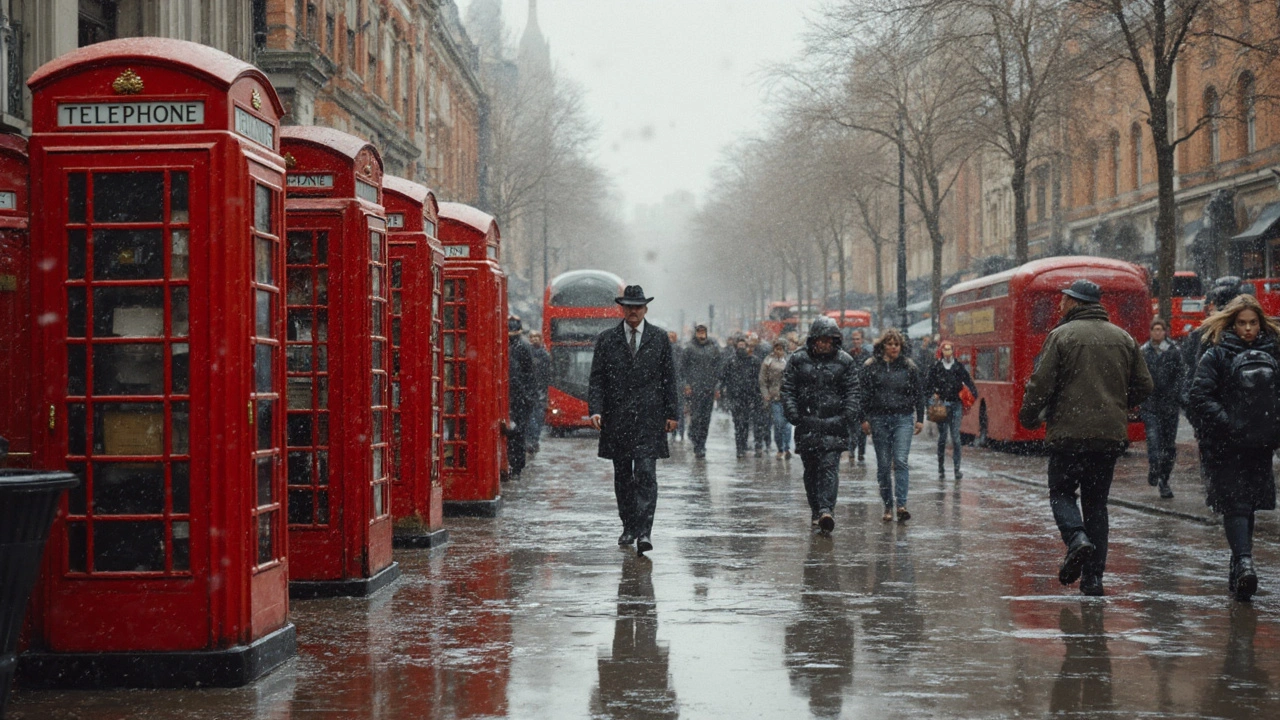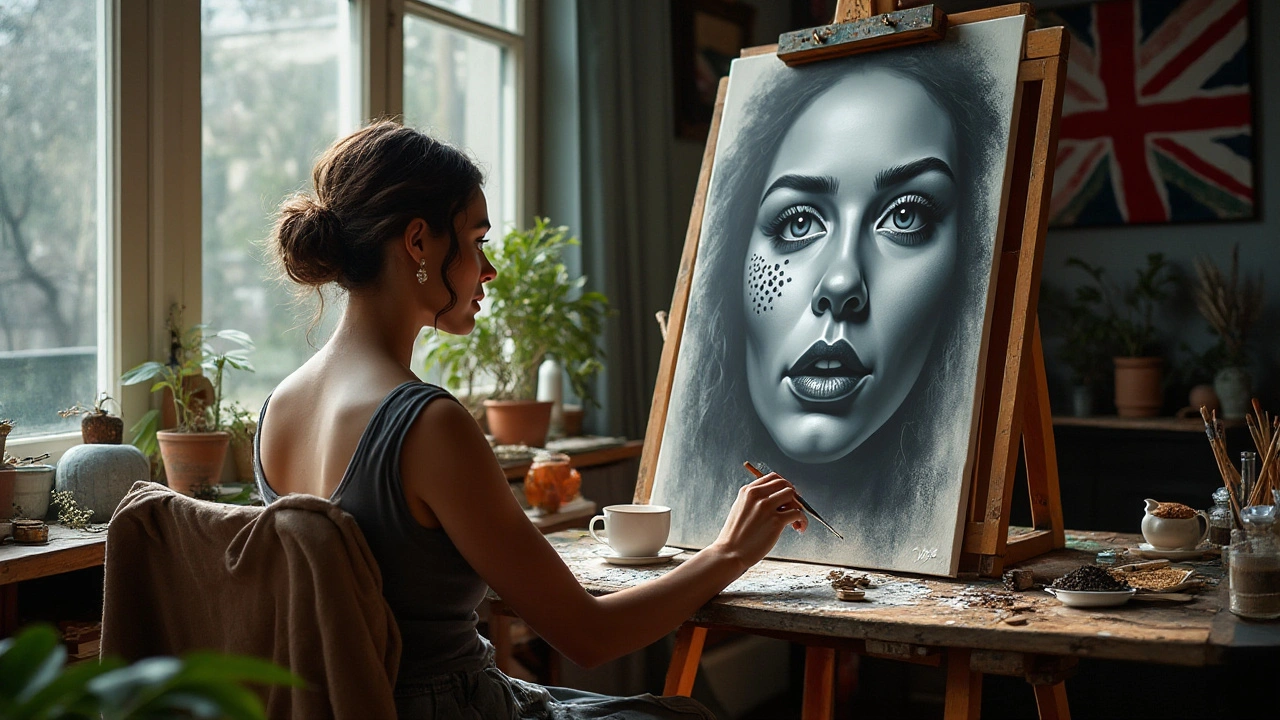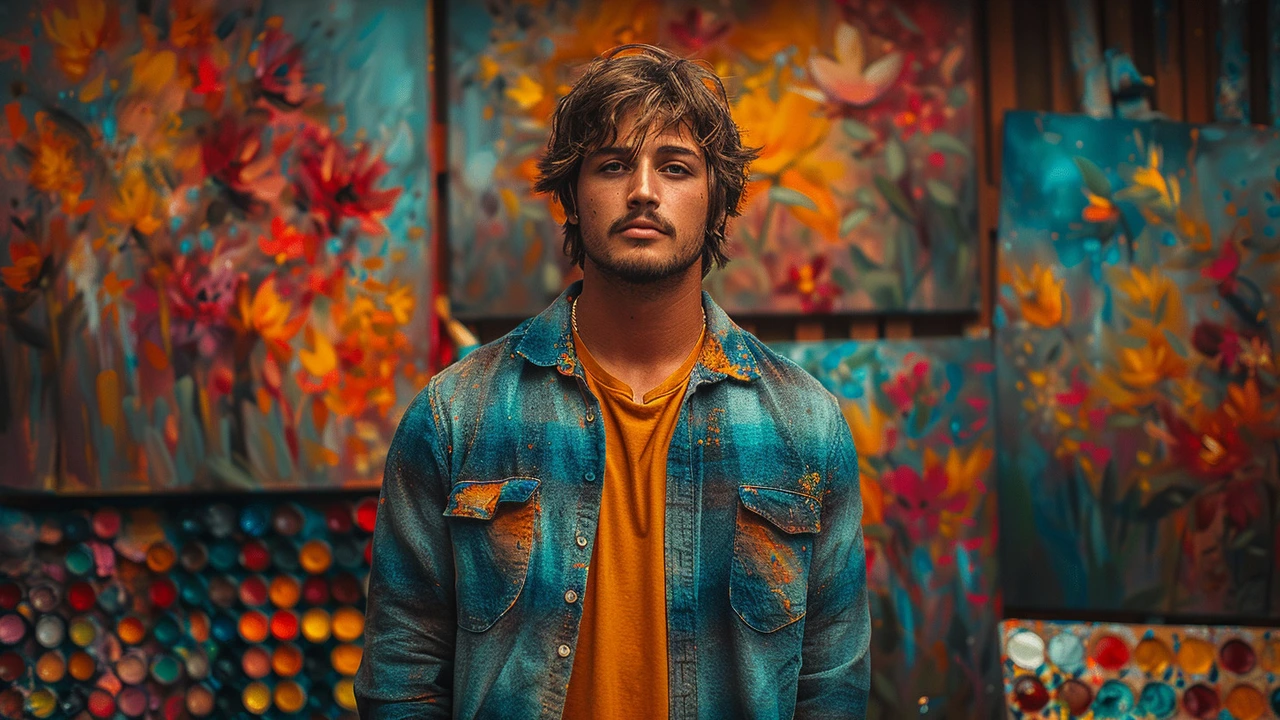Photorealism: How to Spot, Make, and Buy Photo-Perfect Art
Photorealism aims to make a painting look like a photograph. At first glance you might think it’s a photo, but closer inspection reveals the artist’s choices: paint handling, scale, and how light is built up. If you want to recognize or start working with photorealism, focus on three things: source image, technique, and surface. Those tell you if something is a painted illusion or an actual print.
How photorealism is made
Most photorealists start with a high-resolution photograph. Artists then transfer that image to canvas using grids, projectors, or freehand drawing. Common tools include airbrushes for smooth gradients, fine brushes for tiny details, and glazing layers to build depth. The surface matters: smooth primed canvas, panel, or even coated board makes it easier to hide brush marks. Photorealists also choose a lighting strategy—soft studio light yields cleaner edges, harsh sunlight makes strong contrasts and sharp reflections that challenge the painter.
Technique-wise, expect lots of layering. An artist lays down an underpainting, refines midtones, adds highlights, and finishes with tiny textures like pores, fabric weave, or water droplets. Some painters mimic camera effects—bokeh, lens flare, or slight motion blur—to make the scene feel photographic while still controlling every painted pixel. That tension between photo and paint is what makes photorealism compelling.
How to tell a real photoreal painting from a print
Use a loupe or your phone camera to zoom in. Look for surface texture: brush strokes, glazing ridges, or varnish reflectivity. Prints will have a uniform dot pattern or flat ink look; paintings won't. Check the edges of specular highlights—tiny paint ridges or layered strokes mean handmade work. Scale helps too: many photorealist painters work larger than the source photo, so the impact changes with size. If possible, view the piece under angled light; painted edges catch light differently than printed ink.
If you’re buying, ask about provenance and condition. Get clear photos, a certificate or exhibition history, and a written statement on whether the work was made from an original photo or a found image. Limited-edition giclée prints and reproductions are common; they have value but are different from one-off paintings. Prices vary widely: emerging photorealists can be affordable, while established names and museum-quality pieces command high sums.
Want to learn more? Read our post “Top 10 Photorealism Artists You Must See” for specific names and examples that show how diverse this style can be. Visit galleries, attend contemporary-art fairs, and study details up close—photorealism rewards careful looking. Try copying a small photo with an airbrush or fine brush to feel how slow and exact the process is. That hands-on approach quickly teaches what separates a perfect photograph from a painted one.







